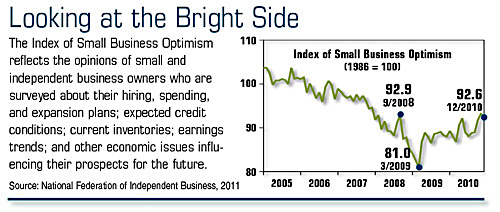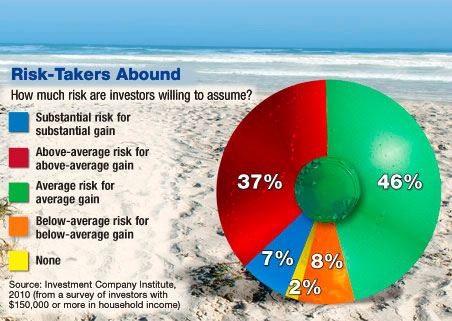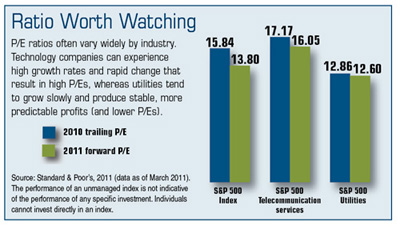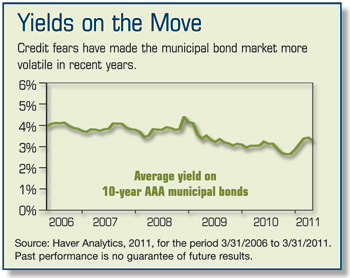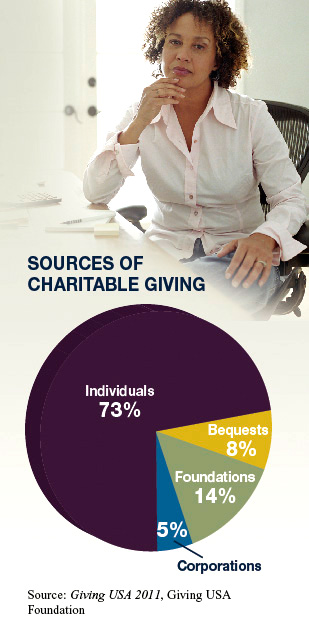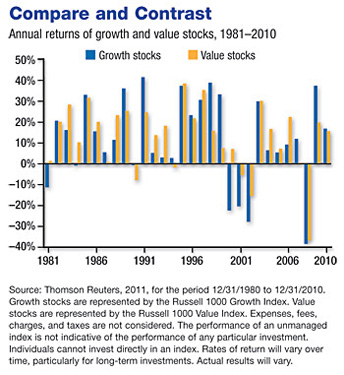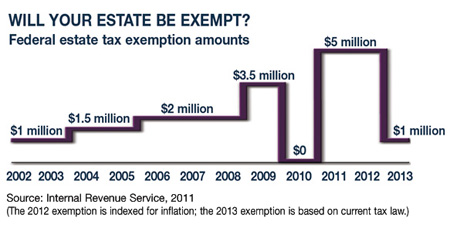 European Union officials recently announced an agreement to rescue debt-laden Greece for a second time. In addition to providing Greece with 109 billion euros in new loans and some relief from its existing debt, the plan includes measures to help prevent the crisis from infecting the other economies in the monetary union.1
European Union officials recently announced an agreement to rescue debt-laden Greece for a second time. In addition to providing Greece with 109 billion euros in new loans and some relief from its existing debt, the plan includes measures to help prevent the crisis from infecting the other economies in the monetary union.1
The deal reached by the 17 EU nations may help stem contagion fears, at least temporarily. It was well received — the euro rallied on the news, and stocks rose. Italian, Spanish, Portuguese, Irish, and Greek bond yields also dropped.2 However, some debt restructuring is expected to prompt rating agencies to place Greece on “selective default status,” and it is unclear how markets will react if or when that occurs.3
Here’s what the latest rescue could mean for investors and financial markets in the eurozone and in the United States.
What Happened Over There
Europe’s sovereign-debt crisis began early in 2010 when the Greek government revealed that its debt levels and deficits far exceeded limits set by the EU.4 In May 2010, Greece received 110 billion euros in aid from the EU and the International Monetary Fund (IMF) under the condition that it implement austerity measures to help reduce budget deficits.5 Ireland and Portugal received similar aid after struggling under economic stress and high debts levels.6
In recent weeks, the crisis threatened to spread to much larger European economies such as Spain and Italy, causing investors to flee the European bond market. Yields on Spanish and Italian 10-year bonds were driven to record highs, resulting in higher borrowing costs.7
The health of European financial institutions also became a matter of concern. Many banks hold sovereign debt, so their balance sheets would most likely deteriorate if eurozone bonds were to continue losing value. Some banks could become more vulnerable to failure.8
Key Features of the Rescue
- Interest rates on new and existing loans from the eurozone’s bailout fund and the IMF will be reduced from 5.5% to 3.5%, and the repayment period will be increased from 7.5 years to between 15 and 30 years. These more favorable terms were also extended to Ireland’s and Portugal’s bailout loans.9
- Private-sector creditors will contribute billions in debt savings by “voluntarily” accepting a bond exchange with lower interest rates and longer repayment periods.10
- Europe’s bailout fund gained the authority to issue credit to countries before they lose private funding, and to purchase eurozone bonds on secondary markets. It will also have the ability to lend money to help finance bank recapitalizations, if necessary.11
Fallout of a Greek Default
The terms of exchanged Greek bonds will be different from what was initially promised, therefore private investors are likely to incur some losses. As a result, rating agencies will most likely downgrade Greek debt to reflect the temporary default.12 The European Central Bank (ECB) had previously said it would not take Greek bonds as collateral if the nation defaulted, which could have affected the liquidity of some eurozone banks. The ECB will continue to accept the bonds, but the EU has agreed to provide substantial bond guarantees.13
American institutions hold billions in European bank debt, but many companies have already decreased their exposure to Europe.14Furthermore, a voluntary exchange will reportedly not trigger bond insurance payouts, which may help alleviate worries that American banks and insurance companies could assume major losses due to a Greek sovereign debt default.15
The situation in Europe was not sudden or unforeseen, so it’s possible that U.S. financial institutions and investors may not be greatly affected by recent events.16 However, it could be many months before the world knows whether a broader European financial crisis was tactfully averted or other serious problems were merely delayed.
Investing internationally carries additional risks such as differences in financial reporting, currency exchange risk, as well as economic and political risk unique to a specific country. This may result in greater investment price volatility. All investments are subject to market fluctuation, risk, and loss of principal. When sold, investments may be worth more or less than their original cost. Investments seeking to achieve higher yields also involve a higher degree of risk.
1, 10–11) The Wall Street Journal, July 22, 2011
2–3, 9, 13) The Wall Street Journal, July 21, 2011
4) CNNMoney, July 21, 2011
5) CNNMoney, November 23, 2010
6) The Wall Street Journal, May 5, 2011
7) CNNMoney, July 21, 2011
8) The New York Times, July 17, 2011
12, 15) Associated Press, July 22, 2011
14, 16) The New York Times, July 21, 2011
2–3, 9, 13) The Wall Street Journal, July 21, 2011
4) CNNMoney, July 21, 2011
5) CNNMoney, November 23, 2010
6) The Wall Street Journal, May 5, 2011
7) CNNMoney, July 21, 2011
8) The New York Times, July 17, 2011
12, 15) Associated Press, July 22, 2011
14, 16) The New York Times, July 21, 2011
The information in this article is not intended as tax or legal advice, and it may not be relied on for the purpose of avoiding any federal tax penalties. You are encouraged to seek tax or legal advice from an independent professional advisor. The content is derived from sources believed to be accurate. Neither the information presented nor any opinion expressed constitutes a solicitation for the purchase or sale of any security. This material was written and prepared by Emerald. © 2011 Emerald Connect, Inc.
Click here for more Newsletters. Thank you.


